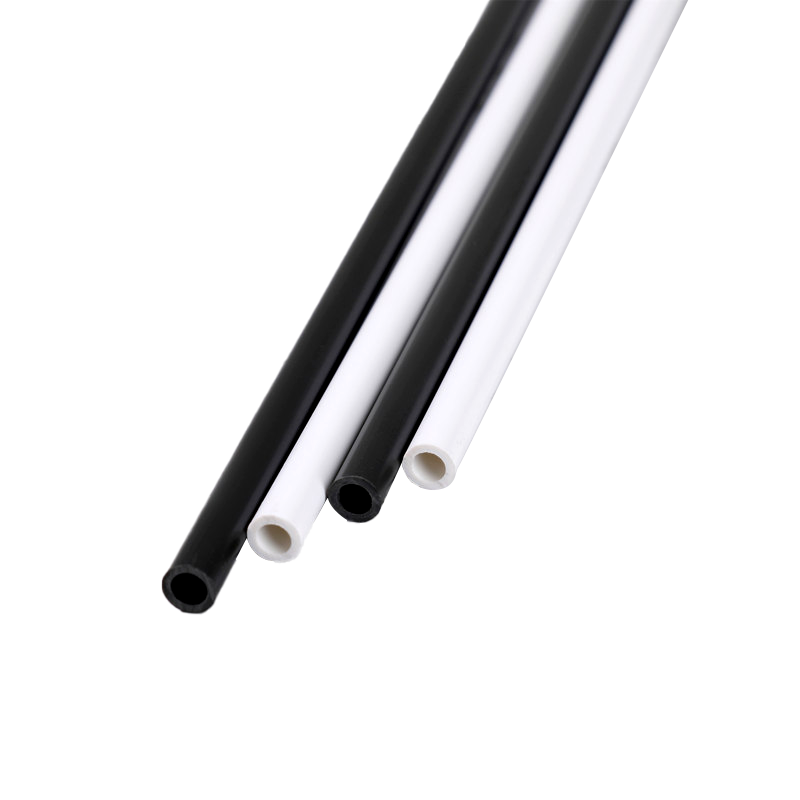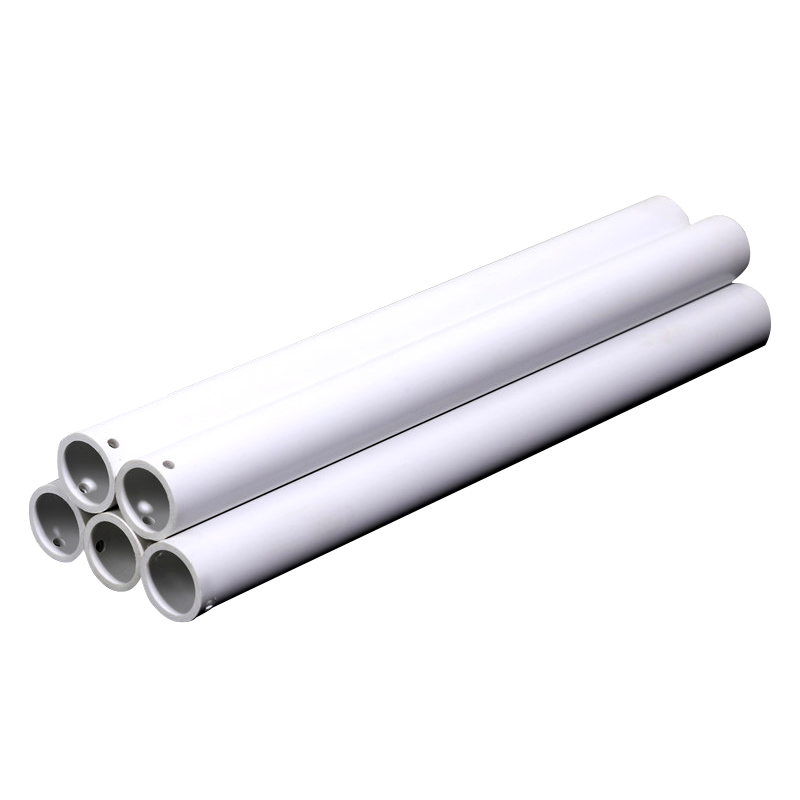Search by posts
Product category
Industry News
 By Admin
By Admin
Can a Hand Waving Flagpole withstand high winds?
Hand waving flagpoles, also known as handheld flagpoles, are popular tools for rallies, parades, sports events, and celebrations. They are designed for portability and ease of use, allowing participants to display flags in a visible and dynamic manner. A common question that arises is: Can a hand waving flagpole withstand high winds? The answer depends on several factors, including the material, design, length, and the way the flagpole is used. Understanding these factors helps ensure safety and effectiveness during outdoor events.
Understanding Hand Waving Flagpoles
Hand waving flagpoles are typically made from lightweight materials such as plastic, fiberglass, or aluminum. They are designed to be held comfortably by hand, allowing the user to wave the flag repeatedly without fatigue. The main purpose of these flagpoles is to display flags rather than support heavy loads or resist extreme weather conditions.
Key features include:
- Lightweight Construction – Ensures portability and ease of use.
- Flexible Design – Some flagpoles are slightly flexible to reduce breakage when waved.
- Affordable – Generally inexpensive, suitable for mass distribution at events.
Factors Affecting Wind Resistance
-
Material Strength
Hand waving flagpoles made of fiberglass are generally more durable and flexible compared to plastic poles. Aluminum poles can also offer moderate strength but may bend under extreme wind pressure. Plastic poles, while lightweight, are the most susceptible to snapping or cracking in strong winds. -
Flag Size and Surface Area
The larger the flag, the more wind resistance it generates. A small handheld flag can withstand moderate breezes easily, but a large flag attached to a thin plastic pole may act like a sail, increasing the risk of bending or breaking. -
Pole Diameter and Thickness
Thicker poles are more resistant to bending and breaking. A flagpole with a larger diameter and reinforced construction is better suited for windy conditions. -
User Technique
Proper handling can help mitigate wind stress. Waving the flag with controlled movements and avoiding fully extended positions against strong gusts reduces the strain on the pole. -
Environmental Conditions
Light breezes are easily handled by most hand waving flagpoles. Moderate winds can be managed with stronger materials like fiberglass or aluminum. However, high winds, especially gusts exceeding 20–30 mph, can put excessive force on handheld poles, particularly those made of plastic.
Tips for Using Hand Waving Flagpoles in Windy Conditions
- Choose Durable Materials – Fiberglass or reinforced aluminum poles are ideal for windy environments.
- Select Appropriate Flag Sizes – Smaller flags reduce wind resistance and strain on the pole.
- Hold the Pole Correctly – Grip the pole firmly near the base and avoid fully extending it into strong gusts.
- Avoid Extreme Conditions – Do not use lightweight plastic flagpoles during storms or very high winds.
- Inspect Before Use – Check for cracks, loose parts, or weakened areas before outdoor use.
Practical Considerations
While hand waving flagpoles are convenient and visually impactful, they are not designed for permanent outdoor installation or extreme wind loads. For outdoor events in windy areas, consider:
- Using smaller flags to minimize wind pressure.
- Distributing fiberglass or aluminum poles for durability.
- Securing flags to poles with reinforced clips or attachments to prevent detachment.
For permanent or large-scale outdoor use in high wind areas, traditional stationary flagpoles with heavy-duty construction are recommended instead of handheld poles.
Advantages Despite Wind Limitations
Even with some wind limitations, hand waving flagpoles offer several advantages:
- Portability – Easy to carry and distribute for events.
- Visual Impact – Dynamic movement of flags enhances visibility and crowd participation.
- Affordability – Cost-effective for mass events and promotional purposes.
- Safe in Moderate Conditions – Suitable for most outdoor gatherings with mild to moderate wind.
By understanding the wind limitations and selecting appropriate materials, users can safely enjoy hand waving flagpoles without compromising the event’s visual appeal.
Conclusion
So, can a hand waving flagpole withstand high winds? The answer is it depends. Lightweight plastic hand waving flagpoles are generally not suitable for high winds, as they can bend or break. However, fiberglass or reinforced aluminum poles can handle moderate winds and provide better durability. Proper flag size, pole diameter, handling techniques, and environmental awareness are critical to preventing damage.
While handheld flagpoles are primarily designed for portability and visibility rather than extreme weather resistance, understanding their limitations allows users to enjoy safe and effective use. For events in areas with high winds, choosing durable materials, smaller flags, and controlled waving techniques ensures that the flagpoles remain functional and safe.
In summary, hand waving flagpoles are best suited for light to moderate wind conditions. With careful selection of materials and mindful handling, they can provide vibrant, dynamic displays while minimizing the risk of breakage in breezy outdoor environments.

Recommended products
-
2023 New Cheap Plastic Pipe Multiple Colors And Sizes Custom Hand Waving Flagpole
-
Wholesale Custom Pvc Material Indoor Desktop Flagpole Hand Waving Flagpole
-
Customizable Size Custom Logo Plastics Hand Waving Flagpole Big Pvc Flagpole
-
Plastics Hand Waving Flagpole Factory Direct Custom Wholesale PVC Flagpole Parts Pipe
-
Custom Easy Install Safety Flagpole Pvc China Factory Hand Waving Flagpole
-
New Popular Product Transparent Pvc Flagpole Custom Size Hand Waving Flagpole
-
2023 High Quality Hand Waving Flagpole Big Or Small Flagpole Size Custom
-
Fast Delivery Promotion Factory Wholesale Flagpole Pvc Pipe Hand Waving Flagpole
-
2023 Personalized Custom Desk Hand Waving Flagpole Outdoor White Flagpole
-
Wholesale 2023 Hot Sale Used Flagpole Weight Custom Pvc Hand Waving Flagpole
-
Wholesale Products Cheap High Quality Hand Waving Flagpole Newest Sections Flagpole
-
Wholesale Cheap High-Quality Hot Sale Flagpole Cylindrical Hand Waving Flagpole

 +86-0573-88528475
+86-0573-88528475 English
English русский
русский












